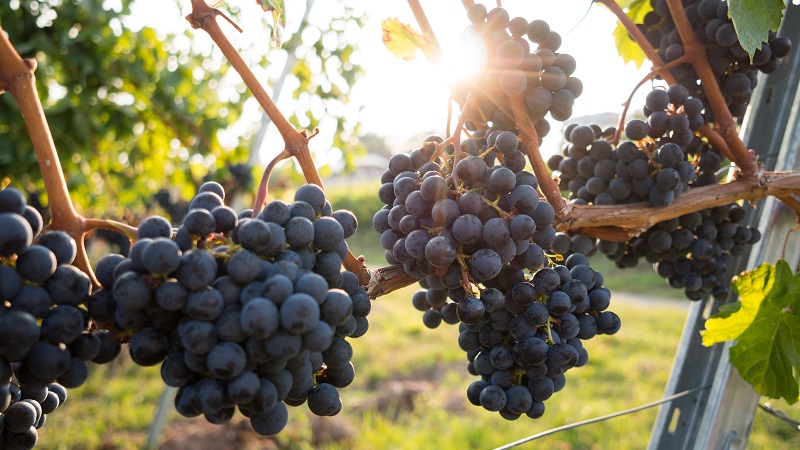Almond Growers Face Water Challenges
It has to happen some time. Virtually every year almond crops get bigger. But unlike fruit crops in which bumper crops are often accompanied by sagging prices, almond prices have generally remained strong. Demand just keeps growing and growing, not only in the U.S. but around the world. While the U.S. is still the largest single market for California almonds, it’s important to keep in mind that nearly 70% of the crop is exported.
For almond growers, the good news has just kept on coming in recent years. It seems that virtually every month or so a new study is released showing the health benefits of consuming almonds. And while several other nuts and fruits have also enjoyed good news regarding healthfulness, almonds have the added advantage of being used extensively as an ingredient. In fact, almonds are the second most frequently used nut in new food products that contain nuts worldwide. And if demand continues at this rate, the Almond Board of California recently announced that almonds will become the #1 nut for global new product introductions by 2009.
“The almond industry experienced landmark years in 2006 and 2007,” said Shirley Horn, the board’s senior director of global marketing and communications. “The Almond Board of California expects this tremendous success to continue, as almonds meet global food manufacturers’ needs for versatile, functional, and value-added ingredients that appeal to consumers’ desires for taste nutrition and indulgence.”
That’s Billion With a “B”
The success has indeed been astonishing, said Dan Cummings of Chico, CA, who’s one of American/Western Fruit Grower’s Top 25 Nut Growers. At a recent seminar, Cummings noted that as recently as 1999, California growers produced 833 million pounds of almonds, fetching a price of 86¢ per pound. A half-dozen years later, the crop was up somewhat, to 915 million pounds, but the price had more than tripled, to $2.81 per pound. Because demand has been so strong, a few years ago the Almond Board announced that it was targeting a 1.5 billion pound crop for 2010, which was then thought to be very ambitious. “But damned if we didn’t hit it this year,” said Cummings.
While a lot of that crop size increase is due to increasing acreage, Cummings pointed out that yields per acre have also grown. Before 2000, the record annual yield per acre was 1,720 pounds. But since 2002, the annual yield per acre has fallen short of that figure only once, with 1,580 pounds in 2005. And for the first time, the past two years have seen crops well over 1 ton per acre, with 2,260 pounds in 2007 and an estimated 2,273 pounds this year. However, that may very well change in the coming years, said Cummings. “My personal opinion is that I don’t think we will hit that record in the next five years,” he said.
Why not? First, to get a good nut set for a heavy crop, growers need a strong, well-pollinated bloom. The single best determinant for pollination, said Cummings, is the weather at bloom. He described the weather at bloom the past few years as “outstanding.” Growers can’t expect a repeat in 2009. But even if they do get it, there’s the proverbial elephant in the room to consider — water. Or, more precisely, the lack of it.
Water Is The Wild Card
Growers got a taste of what may lie ahead this past year. After a couple of tiny Sierra Nevada snowpacks, reservoirs were down and supplies were cut. Faced with such reductions from water supply agencies, many growers dug additional wells to supplement their irrigation. However, the water table in many areas continued dropping. “We’re all chasing the water deeper,” said Cummings.
University of California Cooperative Extension researchers have been running trials, attempting to come up with deficit irrigation strategies. Such strategies can work, but they too don’t represent a long-term answer, said Cummings. “With deficit irrigation — 80% of normal — you will get a full crop,” he said. “But postharvest irrigation is critical; it (deficit irrigation) won’t hurt yield until the following year.”
The greatest impact on almond crop size will likely come on the west side of the San Joaquin Valley. The orchards in that region are the state’s top producers, but they are also the most vulnerable in terms of water supply. In October, the state’s water supply stood at just 73% of average, so barring a nice, deep snowpack this coming winter, growers in that area will simply not be able to fulfill their trees’ thirst. “It’s really going to be dicey to see how it plays out this year,” said Cummings.









